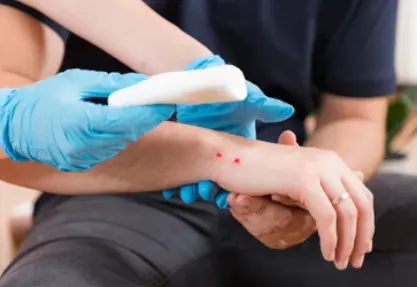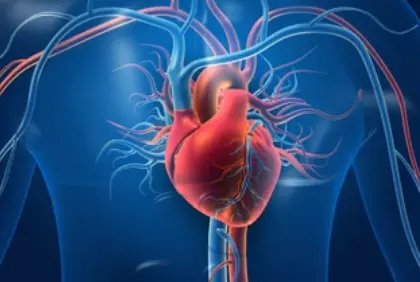 Welcome
Welcome
“May all be happy, may all be healed, may all be at peace and may no one ever suffer."
- A
- B
- C
- D
- E
- F
- G
- H
- I
- J
- K
- L
- M
- N
- O
- P
- Q
- R
- S
- T
- U
- V
- W
- X
- Y
- Z
Vitiligo - Generics
Vitiligo is a long-term skin condition that causes patches of skin to lose their color, resulting in white or light-colored patches on the skin. The exact cause of vitiligo is not fully understood, but it is believed to be an autoimmune disorder in which the body's immune system attacks and destroys the melanocytes, the cells that produce pigment in the skin.
Vitiligo can occur at any age, but it often first appears in young adulthood. It can affect any area of the body, including the face, hands, feet, arms, and legs. The severity of the condition can vary from person to person, and in some cases, the entire body may be affected.
There is currently no cure for vitiligo, but there are treatments available that can help to improve the appearance of the skin. These include topical corticosteroids, topical calcineurin inhibitors, narrowband ultraviolet B (NB-UVB) light therapy, and skin grafting. Counseling and support groups can also be helpful for individuals coping with the psychological effects of vitiligo.

Abrasion

Bites

Very dry reactive skin

Endometrial carcinoma

Ischaemic heart disease

Infections of the Lower R...

Xerosis

Lacerations
Vitiligo, ভিটিলিগো
To be happy, beautiful, healthy, wealthy, hale and long-lived stay with DM3S.